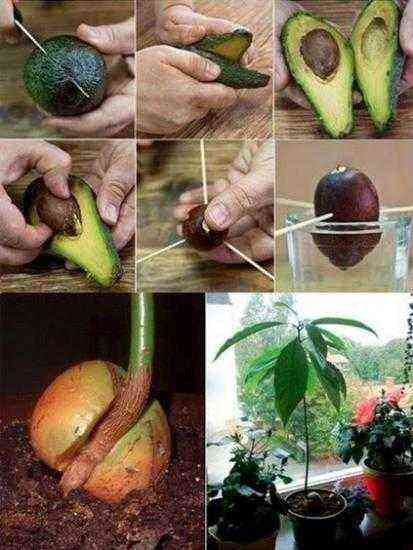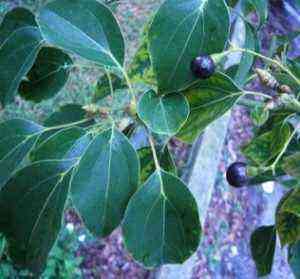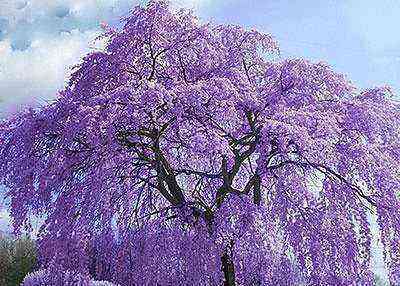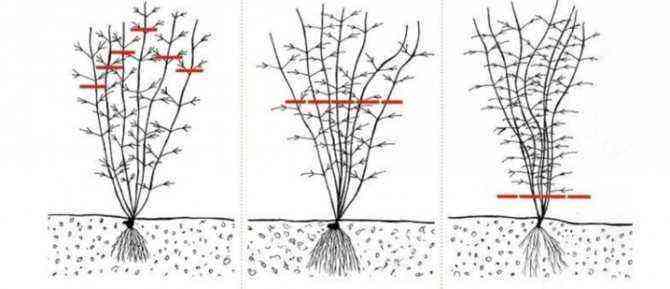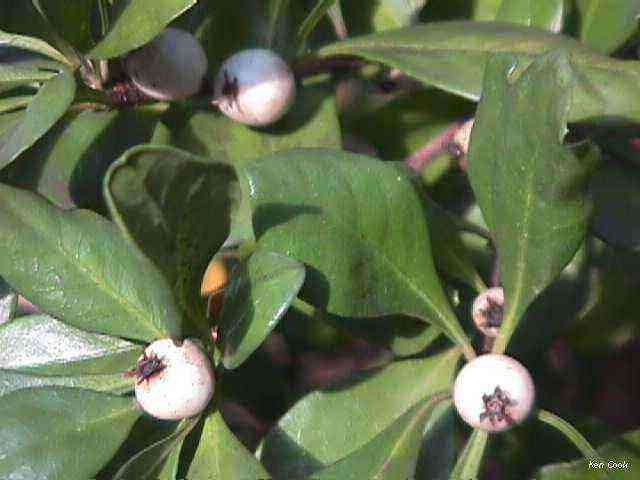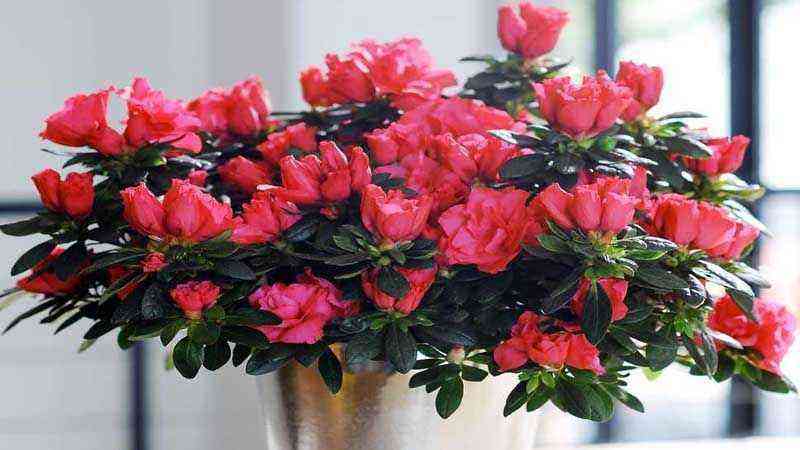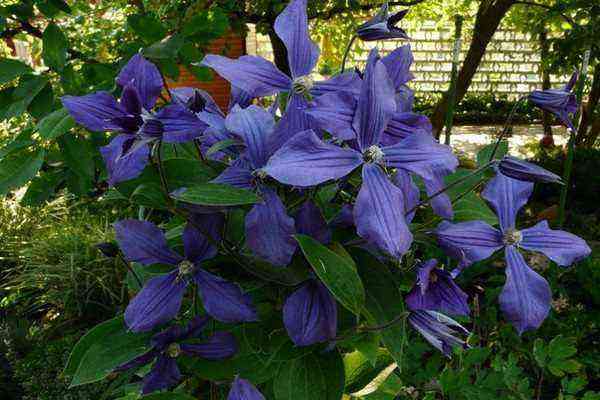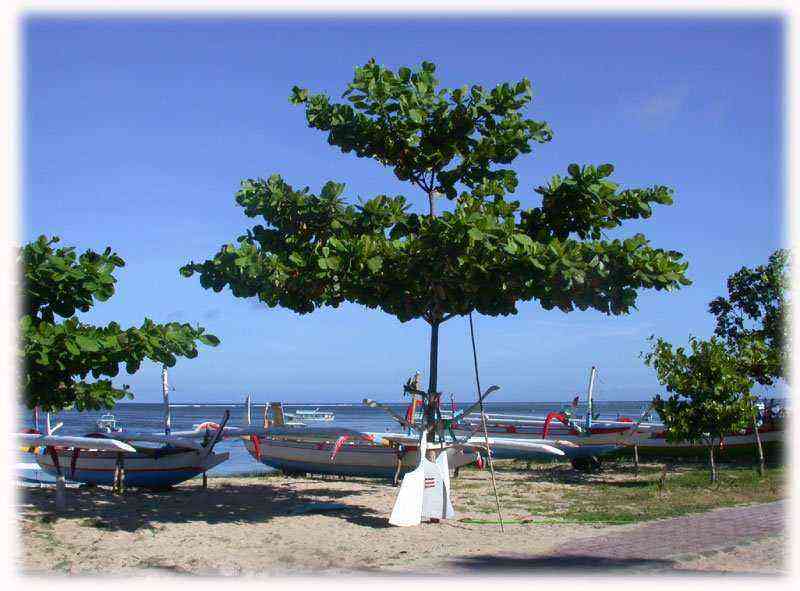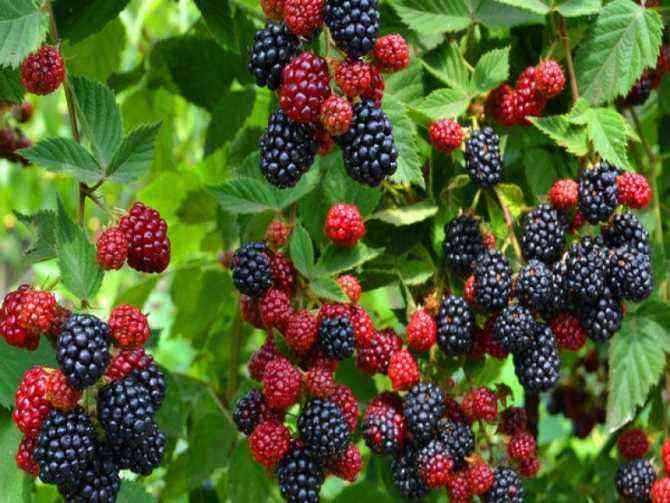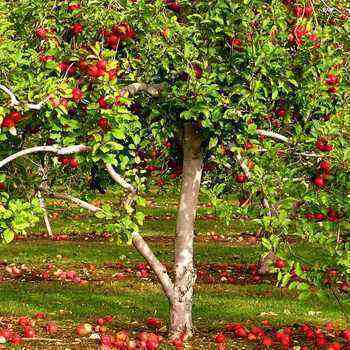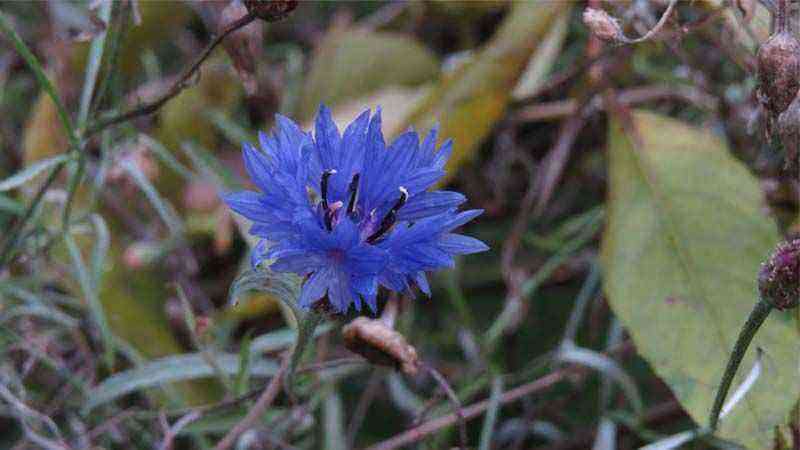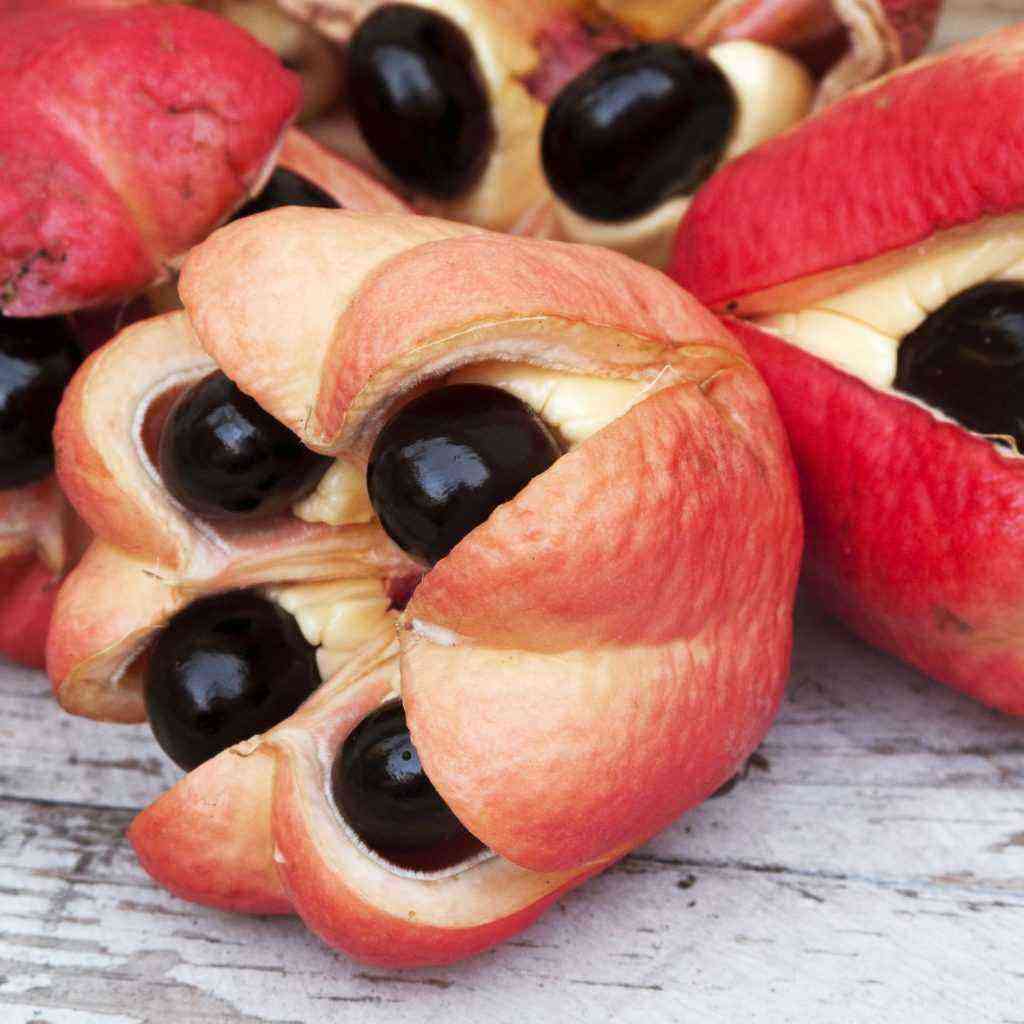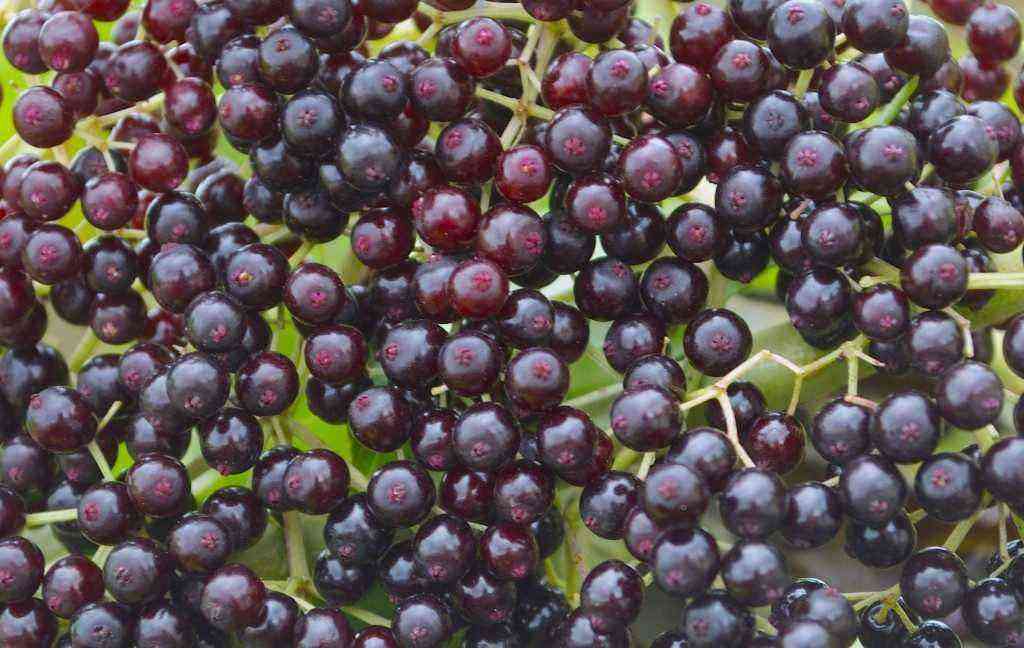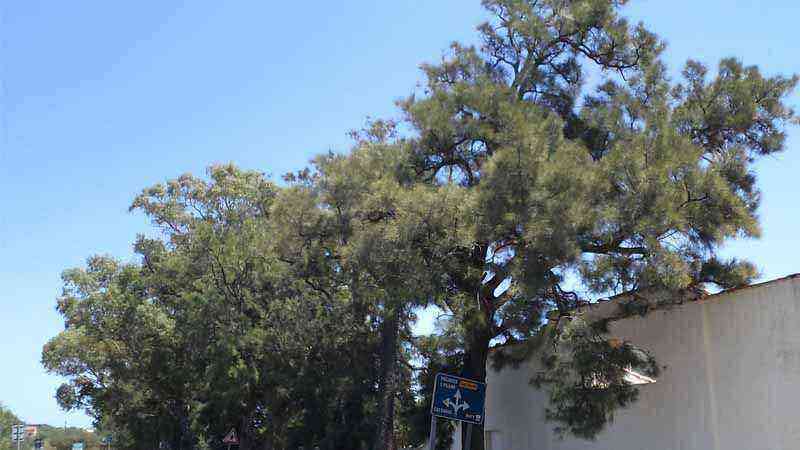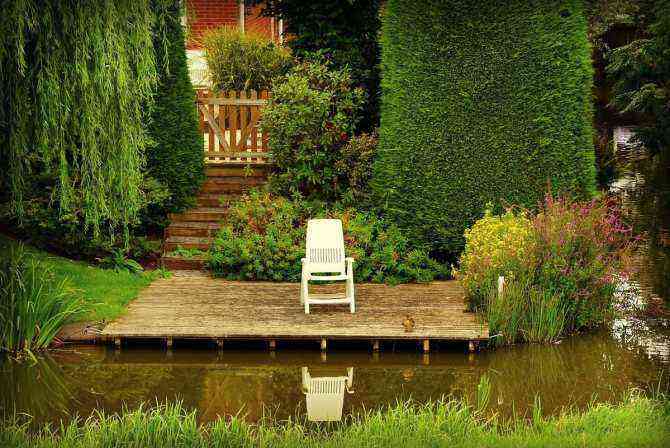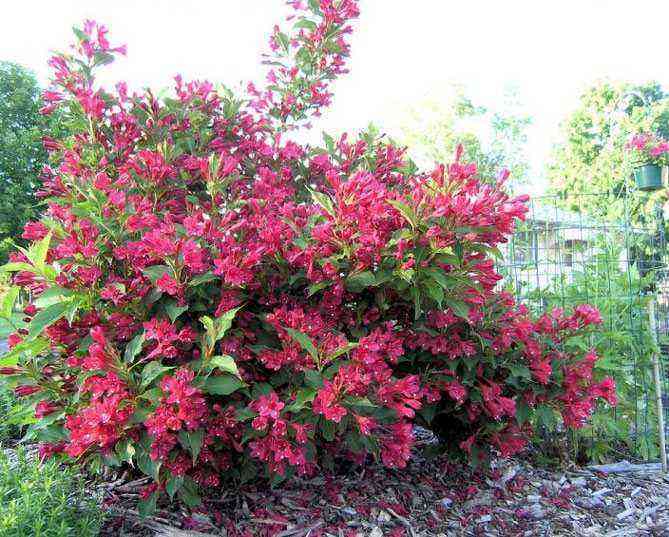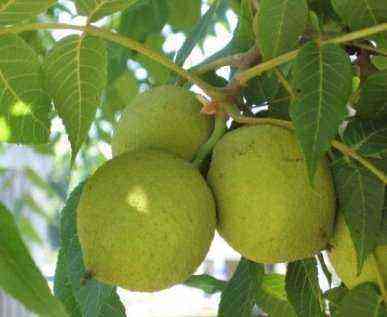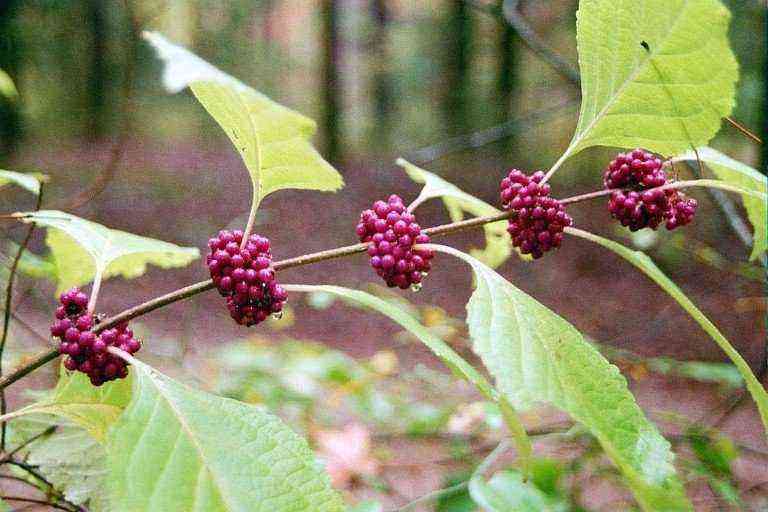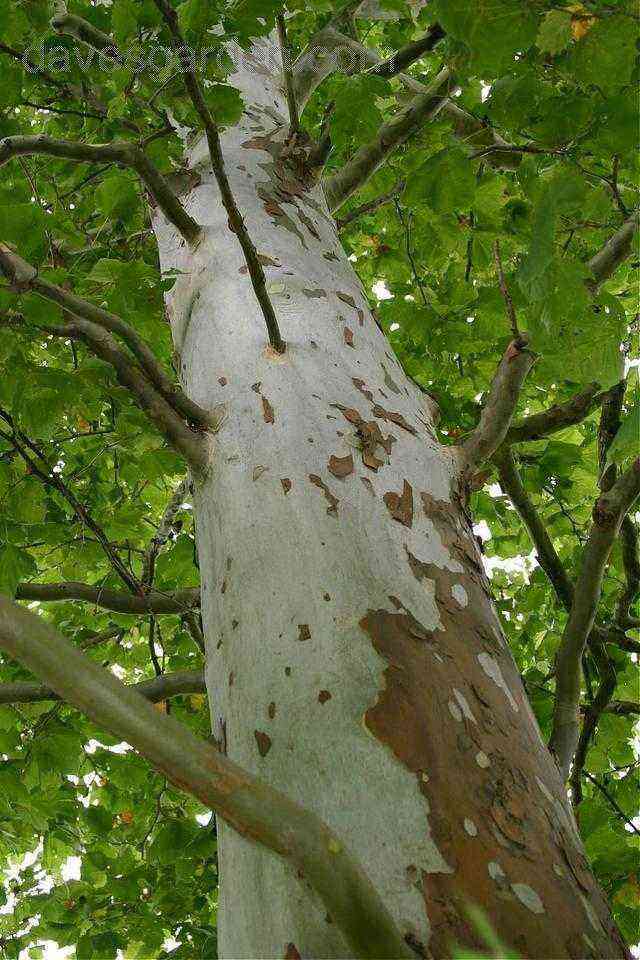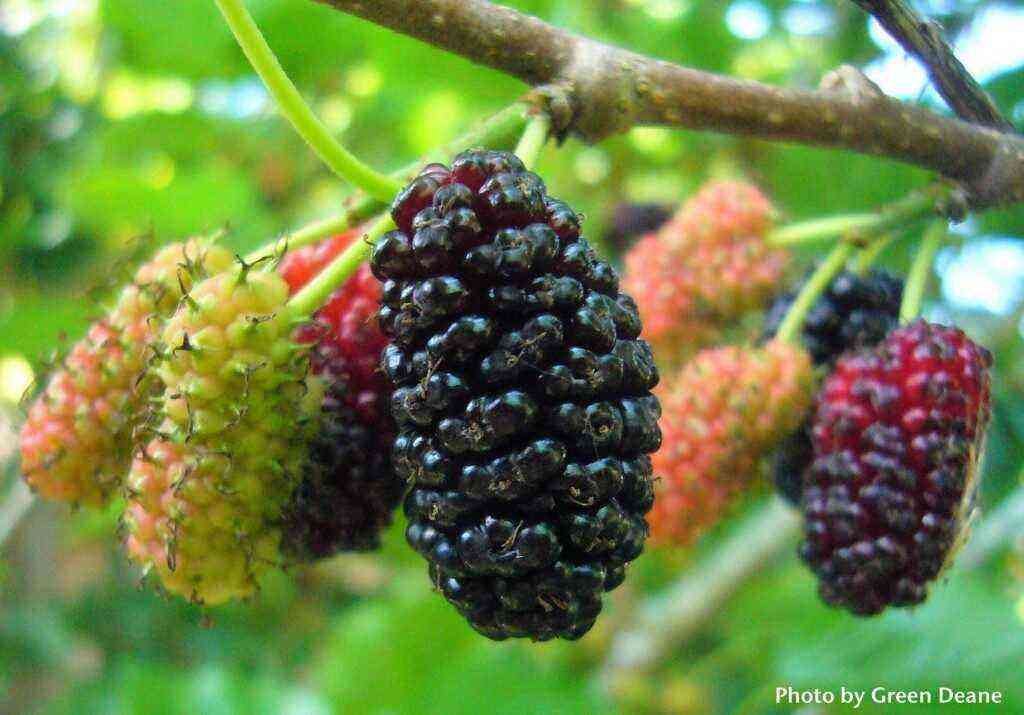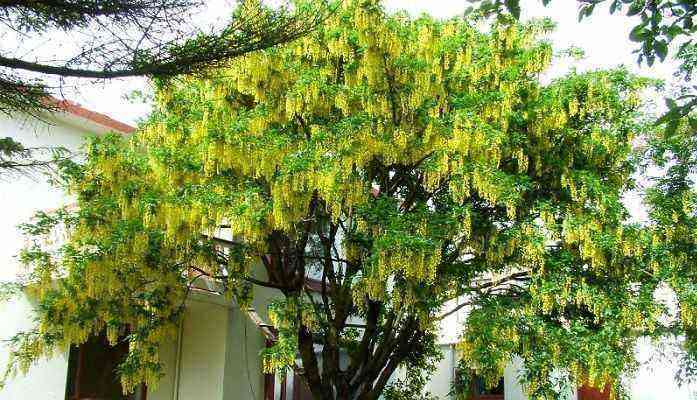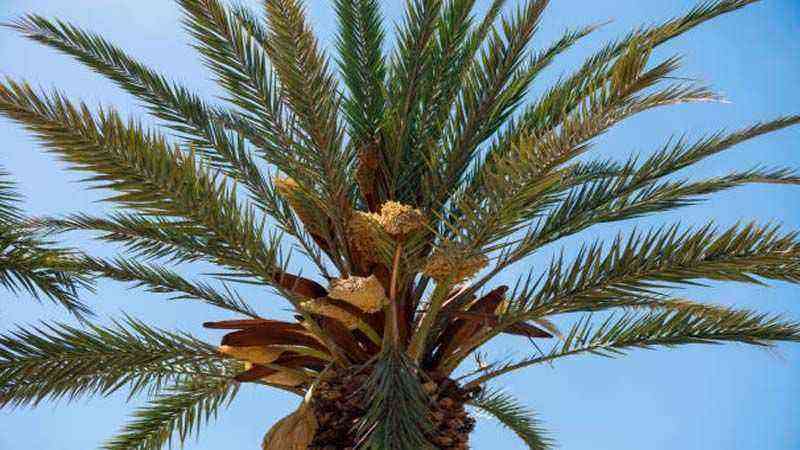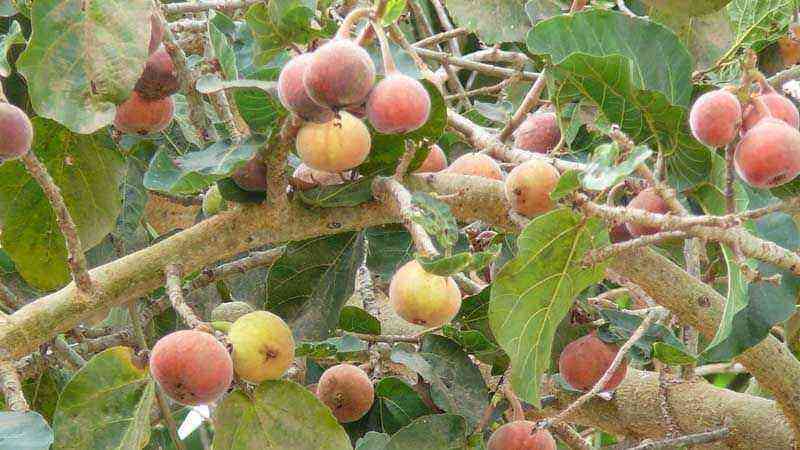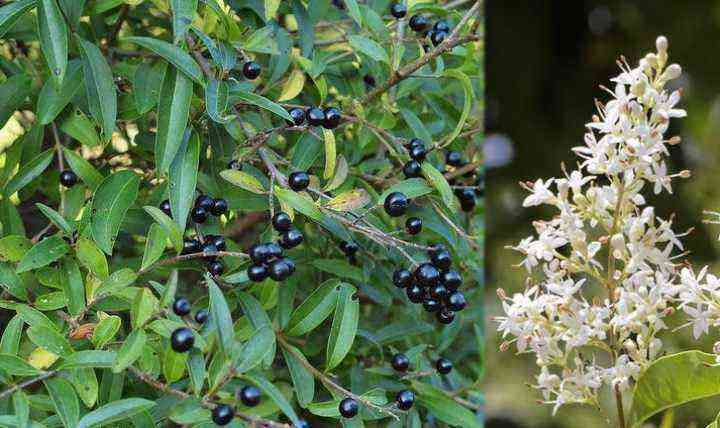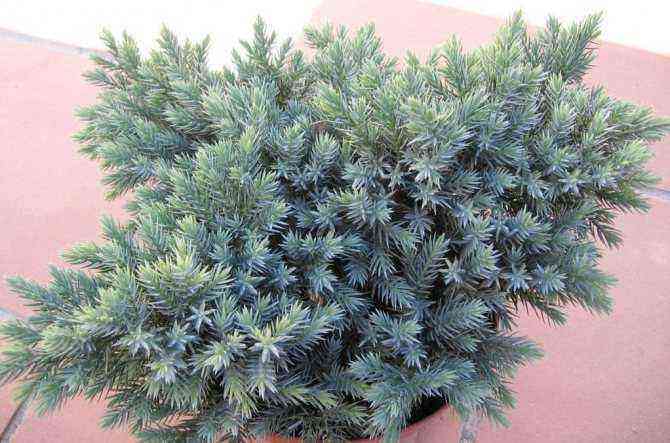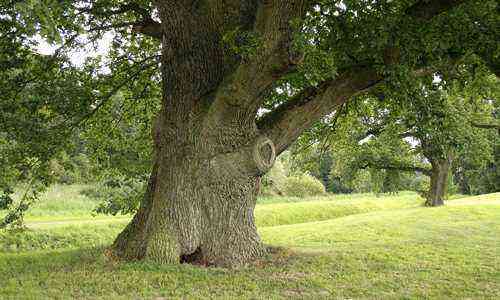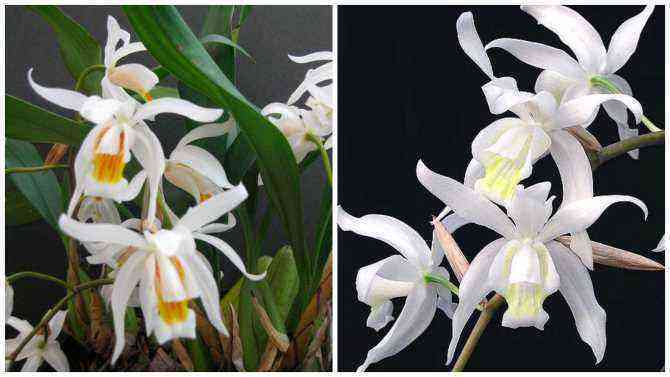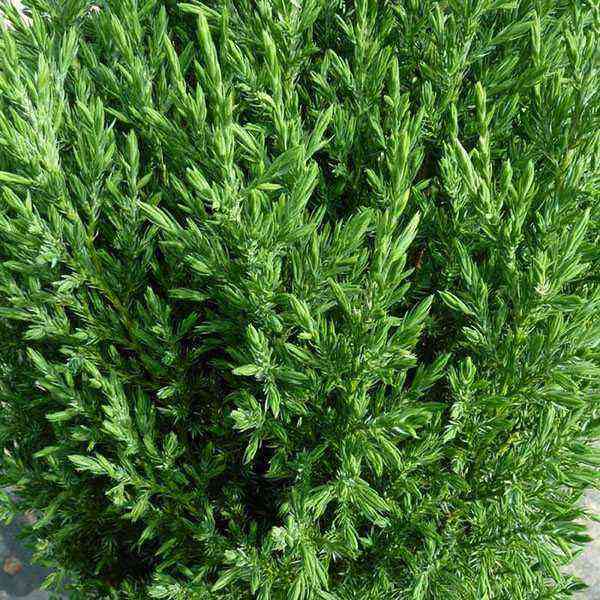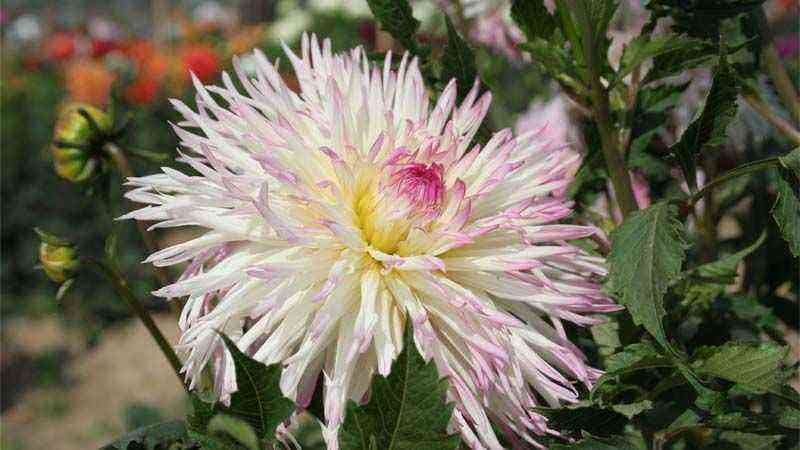Benefits of conifers
They not only look great in landscape design compositions, but also have a number of advantages that allowed them to quickly gain popularity among the owners of summer cottages.
Advantages:
- saturate the territory of the summer cottage with oxygen, create a beneficial microclimate, filling the air with phytoncides – a refreshing aroma of needles will constantly be present in the garden, which soothes and relaxes;
- the crown remains green all year round, which cannot but affect the decorativeness of the site;
- easily tolerate difficult weather conditions (wind, drought, heat, rainy weather);
- unpretentious to soil fertility;
- resistant to diseases that often infest other garden trees;
- have a beautiful shape, many of the conifers do not need to be cut – this saves time;
- serve as a dust barrier;
- absorb noise;
- humidify the air.
Plant species
Tall
Trees are considered tall if their height exceeds 2 meters:
- one-color fir;
- cedar pine;
- balsam fir;
- blue spruce;
- mountain pine;
- cypress tupolistny.
In case of rapid growth of a coniferous tree it is necessary to pinch the shoots or prune. The crown is formed annually, otherwise the tree will acquire an irregular shape and lose its decorative effect.
At the summer cottage, you can create a harmonious composition with the help of tall conifers, which play the main role. Other crops are planted around them. Tall coniferous shrubs in combination with deciduous plants are used in hedges, planted near water bodies.
Important! With mixed plantings, it should be borne in mind that as it grows, the root system of a coniferous tree grows strongly and occupies a fairly large area.
Medium height
They are most in demand in landscape design, as they look good in large-scale and small gardens. They are used to model landscape compositions in the country, serving as a basis in them.
Can complement compact flower beds, hedges, are planted along the main path leading to the house or next to the front door.
- golden yew;
- berry yew;
- pea cypress;
- thu western;
- Tsuga Canadian;
- thuja spherical.
Dwarfish
As a design for a summer cottage territories use dwarf varieties of conifers. They have excellent decorative properties, have needles of different colors, which allows you to create unusually colorful garden compositions.
- Canadian spruce;
- spherical spruce;
- prickly spruce;
- balsam fir;
- the juniper is horizontal.
Dwarf conifers can even be placed in small suburban areas. They have found application in group plantings, rocky gardens, mixborders, flower beds. Miniature copies of famous conifers have many advantages:
- take up little space on the site;
- tolerate winter well, as they are almost completely covered with snow;
- look very harmonious in rockeries;
- Miniature breeds gained special popularity for the ability to plant them in containers for New Year’s compositions.
Dwarf species also have their disadvantages:
- they are susceptible to fungal diseases;
- burn strongly in the sun;
- difficult to cut.
Shadow-tolerant
This is a real find for decorating an area that mostly remains in the shade. Usually these breeds do not need careful grooming. They form hedges, create decorative groups. They land near the shaded walls of buildings.where, due to the lack of sunlight, not all crops can grow. Shade-tolerant varieties are used to form an alpine slide.
Resistant to an unfavorable environment and a harsh climate, unpretentious in care, shade-tolerant conifers in the garden:
- prickly spruce;
- Canadian yew;
- Siberian fir;
- spruce canadian;
- Japanese tuevik;
- echinoformis.
Pine tree
(Genus “pine”)
The tree is 25-40 m high and more than 1 m in diameter. Lives up to 350 (600) years. The needles are steam room, coming out of a leathery brown scabbard, 4-9 cm long (it all depends on the age of the tree) and up to 2 mm wide, linearly-spirally placed on the shoot, hard, prickly. Above: dark green, below: bluish-green from a waxy coating. The needles live 2-3 (8) years. The seeds ripen in the fall of the following year after flowering. Cones are solitary or sit in 2-3 pieces, oblong-ovate, short-pointed, 3-7 cm long, 2-4 cm in diameter. Cones open in March-April. For example, one hectare of old pine forest gives 4-15 kg of seeds. Bears fruit annually, but fruitful years only after 3-4 years. The ordinary pine is a very light-loving breed, as evidenced by the openwork crown. The trunk is cleared of knots. About competition: it is easily displaced by more shade-tolerant and fast-growing breeds. It is not demanding for soil fertility and moisture. The breed is frost-resistant and cold-resistant.
Banks Pines
(Genus “pine”)
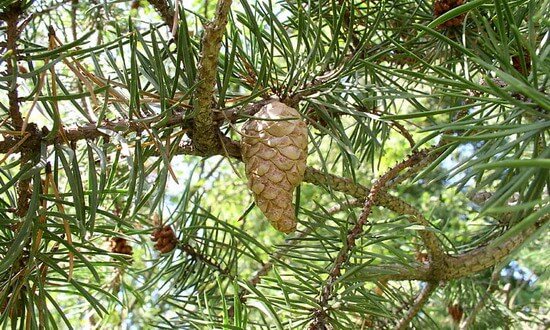
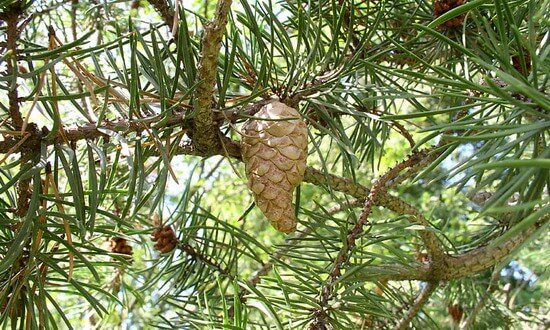
The tree is 18-25 m high and 50-70 cm in diameter. Lives up to 120 years. The crown is of medium density, compact, and in old trees it is broadly spreading, liquefied. The trunks are often unevenly curved, often forked and knotty. Coniferous steam room, 2-4 cm long and up to 1,5 mm wide, twisted, bent. Banks pine bears fruit from 5-7 years annually and abundantly. Cones are lateral, sessile, 2-3 (7) each, oblong-oval, strongly curved. The root system is strong. The breed is frost-resistant and drought-resistant, more shade-tolerant than Scots pine. A fast-growing breed, but growth stops at 40-50 years.
Weymouth Pine
(Genus “pine”)


A tree with a height of 30-35 (50) meters and a diameter of 120-150 cm.Lives for 220-270 years. This breed was brought from North America in 1705 by Weymouth. The crown is wide-pyramidal, dense. Shoots are thin, greenish. The trunks are straight. Highly knot-free. The bark on trees up to 30 years old is thin, in middle age it is lamellar, and in the old age it becomes thicker. The needles are linear, 6-11 cm long and up to 0,5 mm wide, in bundles of 5 pcs. Needles live for 2-3 years. Weymouth Pine blooms in May. Cones ripen next fall. Fruiting from 15-25 years (depending on the growing conditions of the tree). Crop years are repeated in 2-5 years. Hanging cones, slightly bent. The breed is not very demanding on soil fertility and moisture. It tolerates wet soils and even flowing waterlogging, where the root system is superficial, windiness can be observed. Requires moist air. Medium to light.
Pine mountain
(Genus “pine”)
Creeping tree species of mountain pine (Pinus mugo), common in the subalpine zone. Some specimens of mountain pine reach the age of 350 years. The trunks grow in height up to 12 meters with a diameter of up to 25 cm. Traditional medicine uses mountain pine in the treatment of various colds. Before World War I, there was even a small factory in Montenegro to extract essential oils from it.

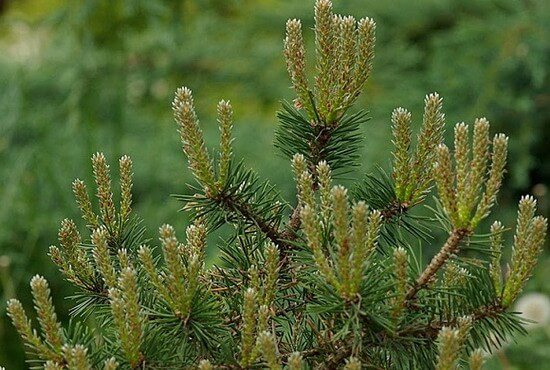
Mountain pine often forms dense thickets up to 3 meters high on large areas, almost inaccessible by humans. This, according to legend, was used by one young shepherd who had to graze the sheep of one rich peasant. There was a condition: none of the sheep should be torn apart by wolves. The shepherd drove the sheep to Hoverla, where there were pastures surrounded by dense thickets of pine. Natural protection worked – not a single sheep was lost. In the fall, he drove all the sheep into the valley and asked for this the daughter of a rich man as a wife. The old one agreed. So the mountain pine helped the young shepherd not only keep the whole flock intact, but also find a wife.
European cedar pine
(Another name: European cedar) (Genus “pine”)
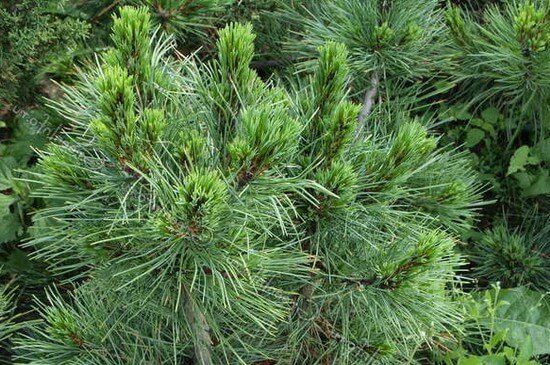

The tree is 20-27 m high and 100-130 cm in diameter.Lives for 500-600 (1000) years. The trunk is straight, poorly cleared of knots. The bark in youth is smooth, then becomes thick and fissured. The crown in youth is dense, conical, and then pyramidal and wide-cylindrical. 5 needles, cones are located at the ends of the shoots, erect. The root system is wide, powerful, even on stony soils, they penetrate deep into the ground. The breed is wind-resistant, it grows slowly. Demanding on soil moisture, shade-tolerant enough.
Korean pine
(Another name: Korean cedar) (Genus “pine”)


The tree is 30-35 (60) m high and up to 2 m in diameter.Lives for 400-700 years. The crown is of medium density, broadly conical, low down. Trunks are straight, medium-knotted, poorly cleared of knots. Shoots are not thick, green. The needles grow in 5 pieces in rare bunches. Length 7-15 (20) cm, and up to 1 mm wide. Seeds are gray-brown. They contain 65% fat. Harvest every three years. The breed is slowly growing. For example, at the age of 20, the height reaches only 3 meters. Frost-resistant, shade-tolerant.
Siberian cedar pine
(Another name: Siberian cedar) (Genus “pine”)
A tree up to 35 m high and up to 180 cm in diameter can live up to 500 years. The trunk in the plantations is cylindrical, straight, sparsely beaten, and in the open spaces it is knotty, strongly thickened in the lower part. The crown is dense, ovate or oval spreading, wide. The branches of the first order extend from the trunk at right angles. Blooms in June. Cones are erect. Fruiting occurs at 25-30 years. Most of all at 80-180 years old. It reproduces with the help of rodents and birds. This breed is not demanding on soil fertility and moisture. Frost-resistant and cold-resistant, relatively shade-tolerant. Poorly tolerates pollution.
Crimean pine
(Genus “pine”)
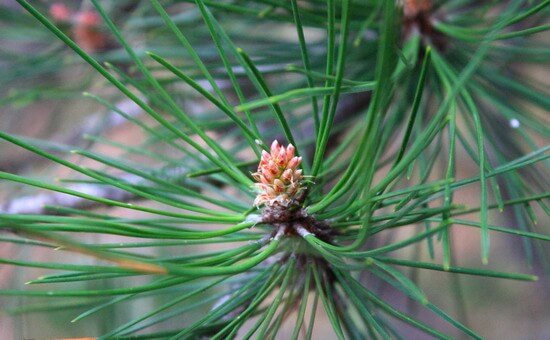

The tree is 25-30 m high and 70-90 (110) cm in diameter. Lives 250 (350) years. Crohn at a young age is dense, pyramidal; in old age – flat umbrella-shaped. The needles are steam room, 10-18 cm long and up to 2,5 mm wide. Needles live for 3-5 years. Crimean pine blooms in May. The seeds ripen in the third year. Sessile cones. Natural renewal is not always successful. The breed is drought-resistant, heat-resistant, light-loving and smoke-resistant.
Popular varieties
For landscape gardening, the following categories of conifers are used:
Yew
Torrey… It has a very decorative appearance – a pyramidal crown, tough needles, the seeds are collected in a fleshy pre-seed that resembles a berry. Germination of seeds underground is a distinctive feature of this ephedra.
The plant is extremely unpretentious to its habitat, it can develop in the harsh northern conditions. Torreya fruits are used in the manufacture of varnishes and paints. Many gardeners plant it not only for decorating the suburban area, but also for consumer purposes. The seeds, which taste like pine nuts, are eaten after having been fried with the addition of oil.
Yew. Majestic tree takes a worthy place in the decoration of the suburban area. Shade-tolerant, slow-growing ephedra, nevertheless, in good light, it can give rapid growth. The needles do not have a specific smell. Planting yew trees is preferable in places protected from the wind. In landscape design, it serves as a background in rock gardens and topiary compositions.
Important! Extreme care must be taken – all varieties of yew are poisonous!
Cypress
Juniper… The spreading, creeping crown and needles of different colors look very decorative. Undemanding to the natural composition of the soil, easily tolerates shearing, frost-resistant. Finds use in alpine slides and rocky compositions. Junipers are used to decorate small gardens and single plantings; it is also suitable for urban landscaping. Creeping forms are used as a soil plant and in lawn tapeworms.
Cypress… A bright representative of evergreen conifers, pyramidal or curved. The work of breeders has bred a variety of varieties, both tree-like and shrubs. Can be grown as indoor plants… The original, bright needles give the culture an additional decorative effect. Cypress is sensitive to crowded plantings and gas pollution in city parks, and looks harmonious on the territory of sanatoriums and recreation centers remote from the city. The peculiar, monumental form of cypress is perfectly combined with multi-level buildings, beautifully framing the alleys, and looks spectacular in group plantings.
Thujia the Western… Photophilous, drought-resistant plant. Not all varieties of thuja are frost-resistant. Easily propagates and tolerates haircutbut may suffer from sunburn.
The variety of thuja varieties allows them to be used in almost any kind of decorative design of the site: woody groups, in mixed compositions as an accent, alleys, hedges, tapeworms, rock gardens. Dwarf species are planted in curbs.
Pine
Spruce spicules… It is frost-resistant, easily adapts to waterlogging of the soil, shade-tolerant. In landscape design, mainly medium-sized and dwarf species are used. Low forms with a varied shade of needles can decorate flower beds, alpine slides. They successfully coexist with ornamental shrubs, are planted in tapeworms.
It is popular as a festive New Year tree, but it should be remembered that the roots of the spruce are shallow and can be damaged during festive round dances. It is necessary to reinforce the area around the trunk with protective tiles.
Pine mountain… Photophilous, drought-resistant crop, grows best in drained soil. Decorative pine is used in small areas for rocky compositions, arboretums, heaths, as well as for decorating a terrace.
Low shapes look great in rock gardens, next to rhododendrons, heather. Pine is a very durable tree species, in combination with other coniferous and deciduous trees, it can form perennial forests.
Fir… One of the most beautiful species of conifers. It enjoys a well-deserved popularity in landscape design. A plant with lush branches and delicate needles decorates hedges, group compositions, and is used to frame alleys.
This crop has low-growing, slow-growing varieties that can be planted in small areas and in the shade. This is the only coniferous tree species that can reproduce by layering. Often young shoots can be seen next to a mature tree, which are easily separated for subsequent planting.
Characteristics of conifers
Conifers include woody and shrub forms. They are found in almost all corners of the world in mixed forests or taiga zone. By the degree of illumination of the areas they occupy, one can judge what kind of conifers there are. The names determine their light-requiring. These are dark coniferous and light coniferous species.
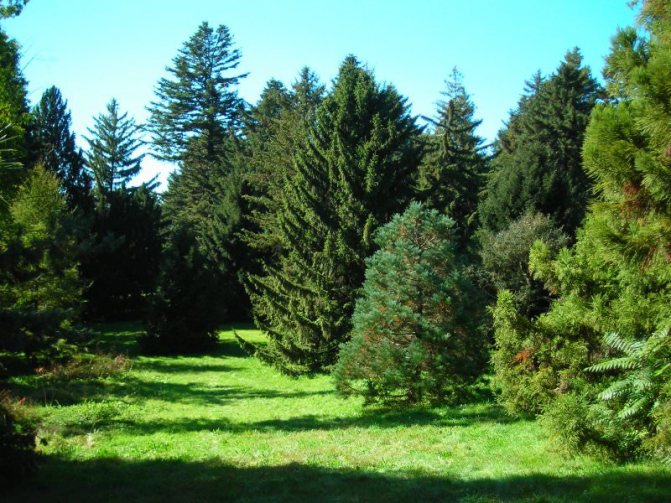

Belong to the most ancient class, which, in turn, includes the following types of families:
- Araucariaceae inhabit the forests of the Southern Hemisphere. Plants of this species are very demanding on moisture and heat. They have wide leaves, large cones and seeds. The bark and wood give off a large amount of resin. They are considered rare and have only about forty varieties.
- Podocarpaceae grow on moist, swampy soils of the Australian continent and Asia. The family includes over one hundred and forty species. Leaves can be of different sizes and shapes.
- Pine are a large family that occupies vast territories. In Siberia, they form natural biomes called taiga. These include more than two hundred and fifty evergreen and deciduous species.
- Cypress grows in northern and southern latitudes. The trees grow up to seventy meters in height and have a very wide trunk. Shrubs are slow growing, can be tall and creeping.
Modern conifers are vascular plants, their seeds develop inside the cones. They are long-livers, the oldest tree is nine thousand years old. And also trees of this species are the record holders in height.
Dark coniferous trees
The taiga expanses occupy large areas. Due to the dense vegetation, it is always twilight. However, some plants prefer thick shade. Their trunks and lower branches are covered with lichens, and the soil is covered with a multi-layer carpet of needles and moss. Despite its harsh appearance, the taiga is very beautiful, many wild animals live in its thickets, and the meadows are covered with flowers and berries.
Ash: tree appearance, planting and care features
The tree species of the dark coniferous thicket include:
- Common spruce. It occupies a leading position among its counterparts in popularity. It grows in most of the territory of our country. It has a conical narrow crown and dry lower branches. The needles are dense, small and prickly. Adult specimens grow up to fifty meters in height and live for more than three hundred years. It grows on any soil. The spruce forest is very beautiful both in winter and summer.
- Fir is a tall, slender tree. It has a straight trunk and a narrow conical crown. Dense dark green needles are soft and flat. The needles are much longer than those of the spruce. This plant prefers deaf, darkened places. Folk craftsmen make various crafts from its soft wood.
- Siberian cedar is a powerful long-lived tree. Its southern variety grows in Lebanon and is a symbol of this state. The needles are triangular in shape, grow in small bunches. Cedar seeds, popularly called nuts, are considered a delicacy.
The fact that all of them are shade-loving speaks of what kind of conifers are in the dense thickets of the taiga. They are united by a common ability to photosynthesize in insufficient sunlight. Due to this, young shoots easily develop under the crowns of adult brethren.
Light coniferous forest
Deciduous or light coniferous taiga zones are typical for regions with a continental climate, where there are short hot summers and cold winters. They grow on soils, under the surface of which there is permafrost.
Features of growing and rules for caring for prickly spruce Glauka
Coniferous tree names, resistant to the harsh conditions of the circumpolar zone, familiar to any student.
- Siberian larch. Due to the fact that the plant renews its foliage every year, the question arises as to which larch tree is coniferous or deciduous. In the process of evolution, its leaves have undergone changes and turned into needles. Therefore, it can rightfully be called a coniferous plant. It has a very durable wood rich in resin. Due to its resistance to decay, it is used in the construction of ships and underwater structures.
- Forest pine lives in the northern part of our country. She has a powerful, well-developed root system. The tall trunk is devoid of branches. The openwork crown is located in the upper part of the tree, it transmits the sun’s rays well. The needles are in the form of soft, smooth needles, collected in pairs in bunches. It stays on the branches for up to three years.
The list of conifers includes dwarf species. This type is widely used in landscaping streets, parks and personal plots.
Application in landscape design
For their decorativeness, conifers and shrubs are in great demand in landscape design. Evergreen coloration contributes variety in gloomy and gray autumn-winter landscape.
The versatility of conifers allows them to be used in almost all landscape compositions. Moreover, even the size of the suburban area will not be a problem, because there are compact varieties that will look no worse than tall breeds.
It is difficult to imagine alpine slides without dwarf coniferous bushes. A freestanding tall tree can delimit garden compositions. Low-growing varieties can become a border for flower beds, forming an original green frame that will shade bright, flowering plants.
Conifers are very often used in combination with other crops in hedges and mixborders.
Hedge
A hedge is successfully used to decorate the boundaries of the suburban area. The inclusion of conifers in it visually expands the boundaries of a small area, allows you to get a beautiful hedge that is undemanding to care.… Ephedra become natural background for flower beds and flower beds.
An example of a successful combination of conifers for a hedge:
- thu western;
- common spruce;
- thuja golden-leaved;
- balsam fir;
- cypress;
- rocky juniper;
- mountain pine.
Mixborder
Ornamental conifers are an excellent backdrop for companion plants that do not claim leadership. The inclusion of conifers in the mixborder allows you to draw attention to it even in winter. Mixborders do not use high breeds of conifers, it is necessary to choose dwarf and globular rocks.
What can be planted in mixborders:
- undersized barberry;
- mountain pine;
- creeping juniper;
- rhododendron;
- yew;
- dwarf spirea;
- winged euonymus;
- the dogwood is white.
Conifers are located at the farthest point of the flower garden, which does not allow to obscure shorter crops.
Conifers stand out favorably against the background of a lawn or on an area covered with gravel. They look spectacular near an artificial reservoir, they go well with other plants planted near the water. A variety of varieties will allow create a unique garden design.
Rules of landing
Before planting conifers, you need to consider a few nuances:
- Conifers will not grow next to birch and bird cherry. For placement in small areas, it is necessary to make a choice in favor of planting one type or another. In large areas, these crops are planted at a great distance.
- Spruce with thuja and fir, pine with cedar will not get along on the same site. Larch is always located separately on the site.
- It is necessary to take into account the height and shape of the crown of the shrubs. You can find out about this when buying seedlings in the store. You need to study their characteristics or consult with the seller.
- Instances that need the same conditions for normal development must be planted together.
- To make the composition harmonious, pay attention to the color of the needles of the plant.
Favorable period for planting conifers at their summer cottage – from the end of April to the beginning of May. It is important to carefully choose a place for planting, take into account the composition of the soil required by the plant. Conifers should be located in the western or eastern part of the suburban area.
It is necessary to prepare a hole, pour fertile soil into it and plant a seedling, carefully cover the roots with earth. When planting conifers, you need to accurately maintain the distance. It is necessary that neighboring crops be at a distance of two heights of the future adult tree. This will not disturb the proportions of the overgrown composition.
Conifers do not require special care, but in extreme heat it is important to water them abundantly, and before winter to cover those species that do not tolerate severe frosts. It is necessary to remove the weeds around the planted plants in a timely manner.
The arrangement of decorative conifers should look natural. It is not necessary to observe the geometry when landing. Conifers look best against the background. neatly trimmed lawn.
0
(1 ratings, average: 4,50 of 5)
Back
Lawn care in autumn
STILL
Ale
(Another name: Norway spruce, European spruce) (Genus “spruce, fir”)
The tree is 30-45 m high and up to 1,5 m in diameter. Lives 250-300 (500) years. The trunk, up to 1/3 of the height, is almost cylindrical, slender. Dead branches do not fall off for a long time. The bark is thin. The crown is dense, compact. The needles are shiny, tough, prickly, 2-3 cm long, and up to 1,5 mm wide. Hanging cones, cylindrical, 10-15 cm long and 3-4 cm in diameter. In the wild bears fruit from 15-20 years. Crop years are repeated every 4-7 years. The seeds ripen in the year of flowering. The root system is shallow, but on loose soils, the lateral roots are deep. Shade-tolerant, average whimsical to soil fertility.
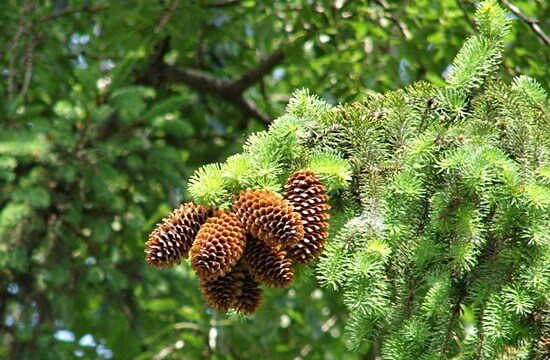
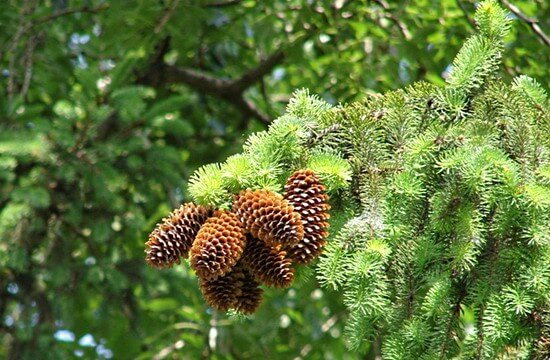
Spruce or European spruce (Picea abies) is the dominant tree species in the alpine and subalpine belts in the Alps and northern taiga. In the forests of Montenegro, there are optimal growing conditions for it. It can reach an age of 500-600 years, a height of 60 meters and a diameter of 2 meters. Its crown can be conical or pyramidal, and the external shape is very different and is determined by the type of branching. Depending on the location of the branches – hanging, brush-like. The slender, columnar-like crowns of pine trees in the higher zones of Montenegro are striking. Thanks to such crowns, they do not experience a large snow load.
Young needles appear here, depending on the height above sea level, from mid-May to early June and grows for 5-7 years. The severe conditions in the upper zones determine some peculiarities in pine biology. So, in the lower zones, bountiful harvests are repeated after 3-6 years, and high in the mountains – only after 6-9 years. Also, the size of the cones and the weight of the seeds decrease with height. A thousand pine seeds weigh only 5-8 grams.

